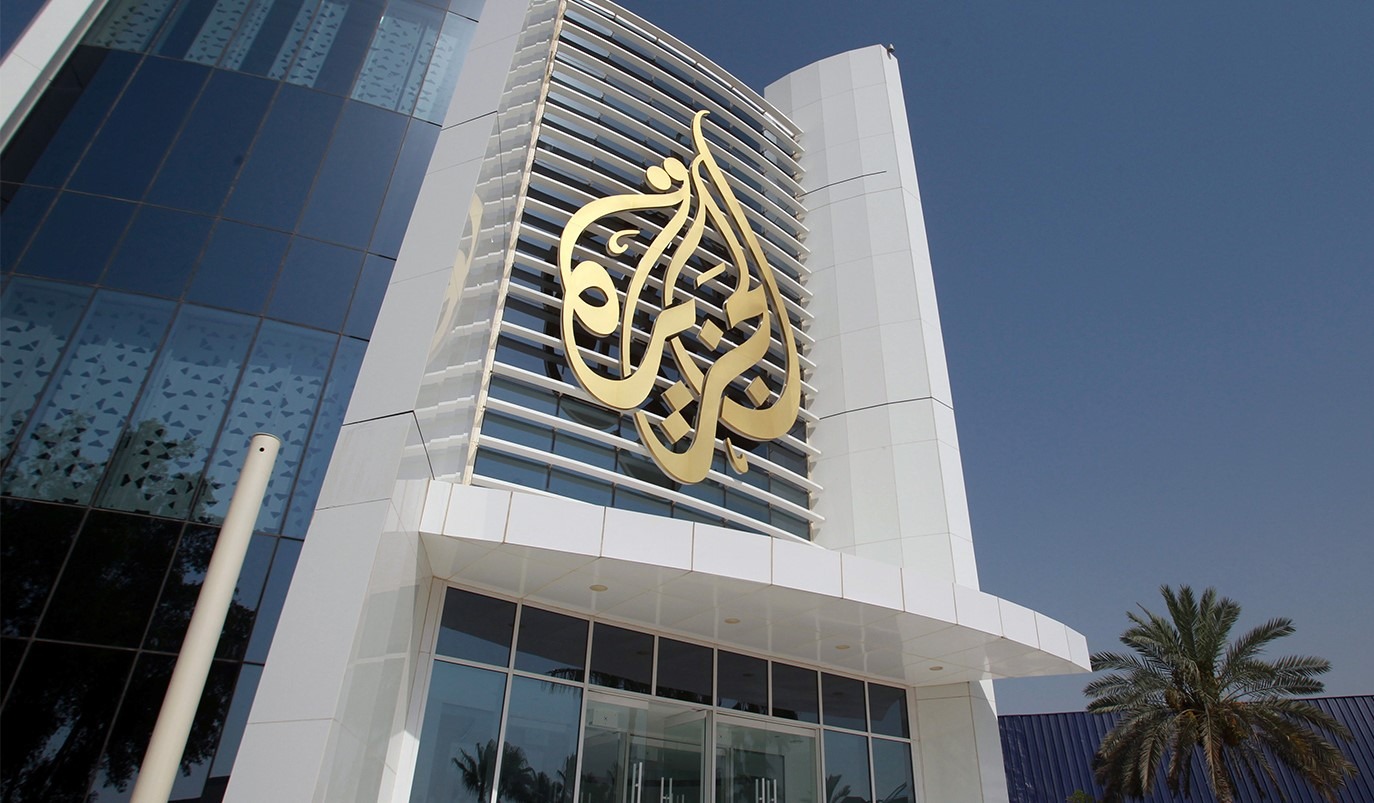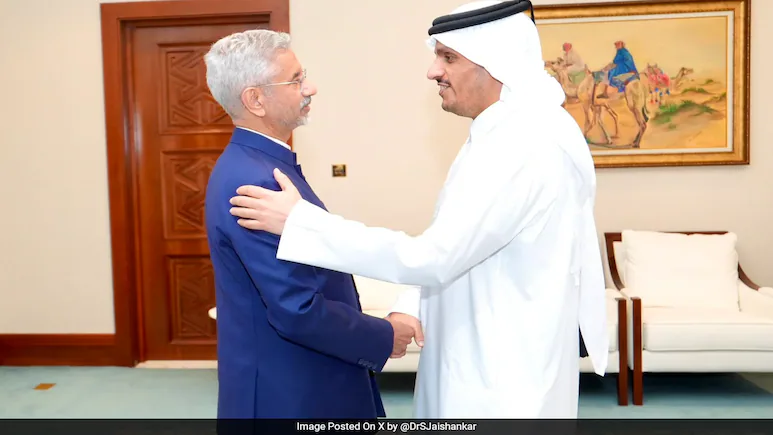Qatar has five protected terrestrial areas, and three marine protected areas, while also harbouring 1,900 documented wild species.
As part of of Qatar’s ongoing efforts to preserve regional wildlife, the country marked “Gulf Wildlife Day” on Monday by highlighting a series of initiatives.
Primarily, Qatar has recently preserved the endangered Houbara Bustard, a vulnerable bird that is not only an endangered species but remains an important symbol of Qatari heritage.
The Rawdat Al Faras Houbara Breeding Center in Doha is committed to increasing the rare bird population by providing educational courses and training to meet the highest scientific standards of breeding.

Safeguarding the natural ecosystem
Despite the scorching heat and dry climate, Qatar is home to rich habitats with a remarkable biodiversity.
Currently, Qatar has five protected terrestrial areas, and three marine protected areas, while also harbouring 1,900 documented wild species. With technological advancements and population growth, threats to Qatar’s biodiversity cannot be ignored either.
An increase in human activities such as fishing, illegal hunting, and exploitation of natural resources poses a major threat. Crucial measures to combat such challenges have been taken by Qatar in line with their 2030 vision.
To achieve this, Qatar is “utilising cutting-edge scientific methods and scientific planning” to “30 percent of Qatar’s land and coastal areas and restore 30 percent of natural habitats,” as reported in a statement by the Ministry of Environment and Climate Change (MECC).
According to the ministry, Qatar has identified five key priorities to safeguard its natural ecosystem. The country aims to conserve over 25 percent of its total land area by 2030, while also striving to reduce household water consumption by one-third.
Additionally, Qatar has committed to cutting greenhouse gas emissions by 25 percent, optimising land use through sustainable farming practices, and embracing a circular economy that transforms waste into valuable raw materials for the future.
Veolia’s Green Up project
In an agreement signed between Ashghal and Veolia in 2020, Doha’s landscape has been transformed by several sustainable initiatives such as the maintenance of 90,000 trees in Qatar that welcome back various species of birds and wildlife.
This 10-year framework focuses on reducing waste, accelerating the development of alternate energy sources, and reducing greenhouse gases.
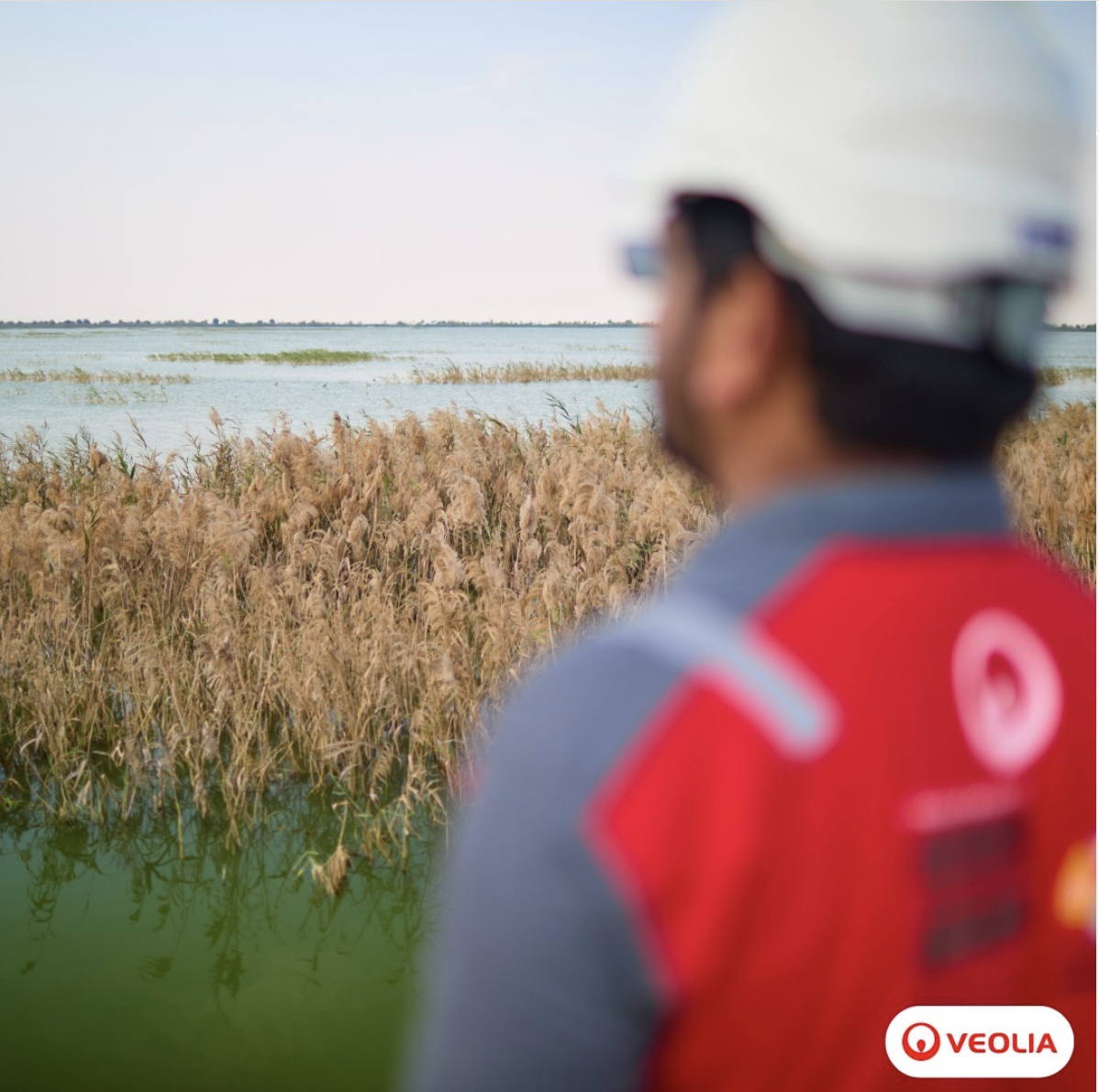
Celebrating wildlife as part of Qatari culture and heritage
The International Falcon and Hunting Festival has been around in this region for decades, with its significance rooted in the idea that wildlife belongs in nature. As part of the festival, a special campaign is launched to release falcons into the wild, symbolising the commitment to preserving and respecting nature.
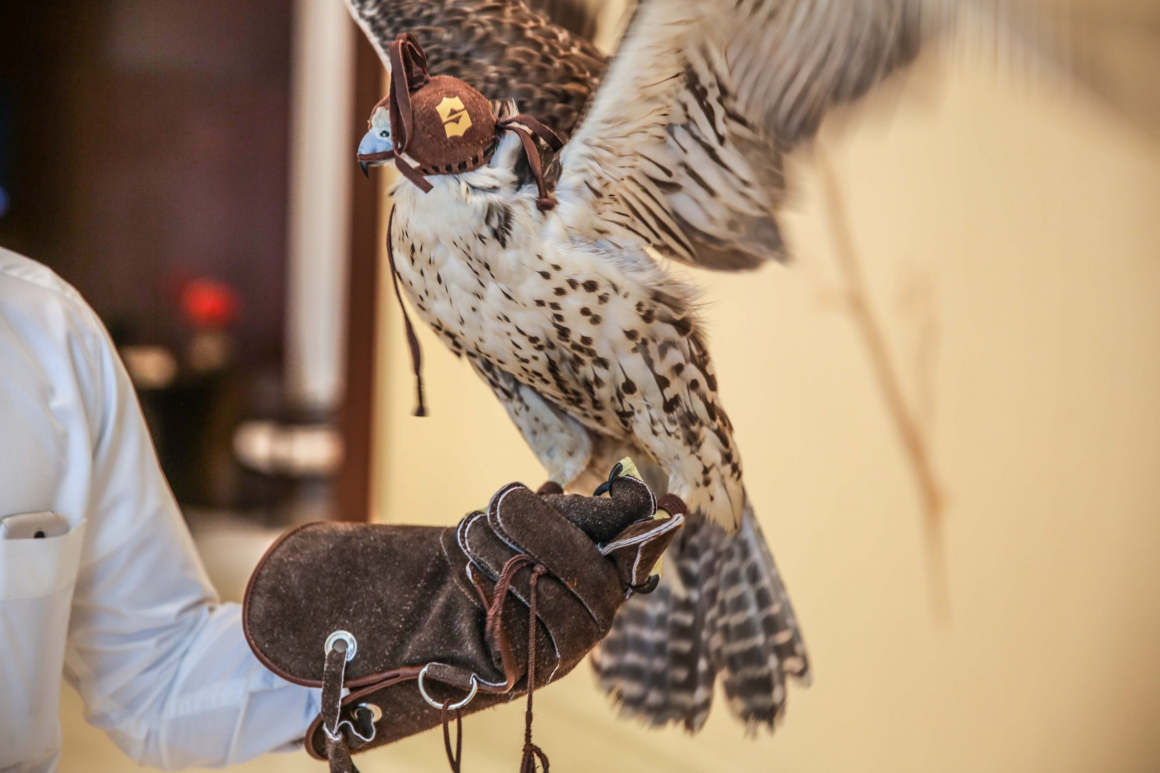
The Camel Racing Festival similarly honours the rich history of this majestic animal, which has played a vital role in Qatari culture for centuries – not only as a means of transportation but also as a symbol of prosperity. The festival aims to preserve this cherished tradition while raising awareness about Qatar’s deep cultural heritage.
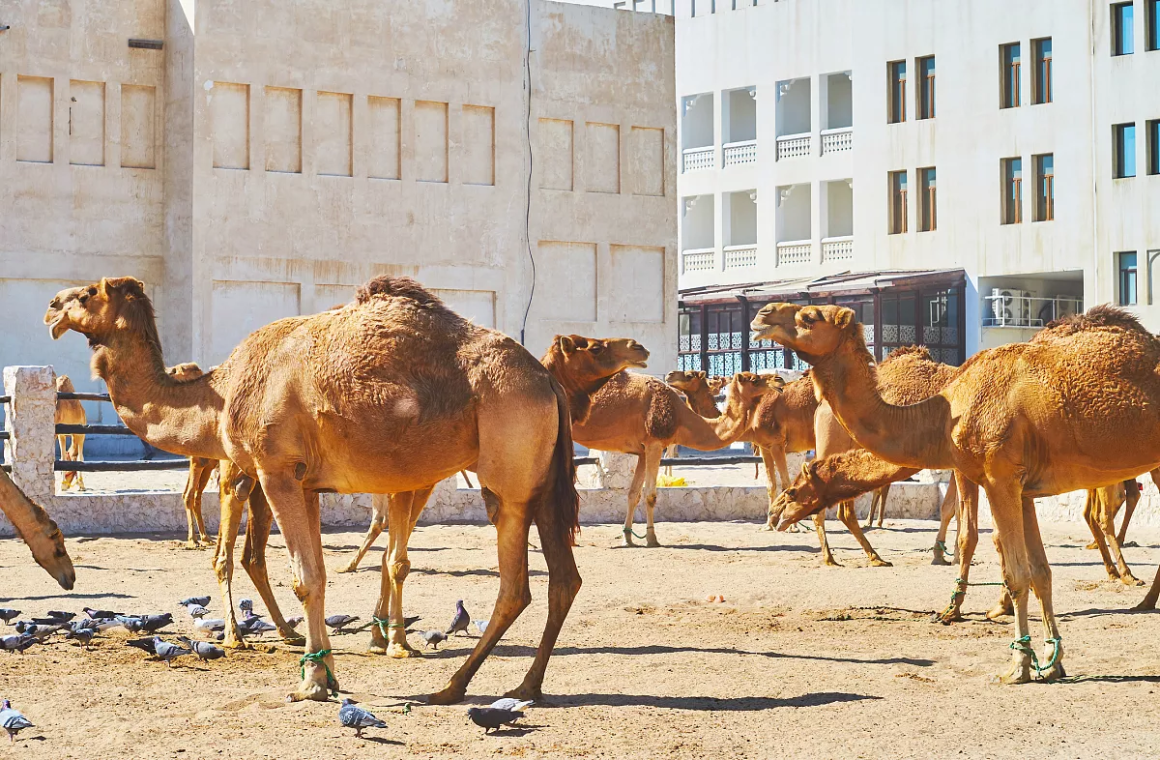
Pandas are endangered species and while many countries provide refuge to such creatures, Qatar uniquely creates a space of comfort where the interaction between human beings and wildlife can exist. Just 50km away from Doha, the Panda Park in Al Khor is home to two giant pandas, Thuraya and Suhail, gifted to Qatar by China in 2022.

The way ahead
The 2030 framework relies on four main axes: Environmental Sustainability and Climate Change; Innovation and Digital Transformation; Governance; and Sustainable Institutional Development. These four pillars are essential in launching a strategy that not only protects the environments but also encourages an individual responsibility to preserve nature.
Qatar is committed to developing a comprehensive National Biodiversity Strategy and Action Plan (NBSAP). This plan underscores the creation of protected areas and the promotion of sustainable tourism.
It also calls for strong conservation laws and greater public awareness of individual environmental responsibility, with the MECC continuing to spearhead efforts in implementing these initiatives to protect and preserve wildlife.




